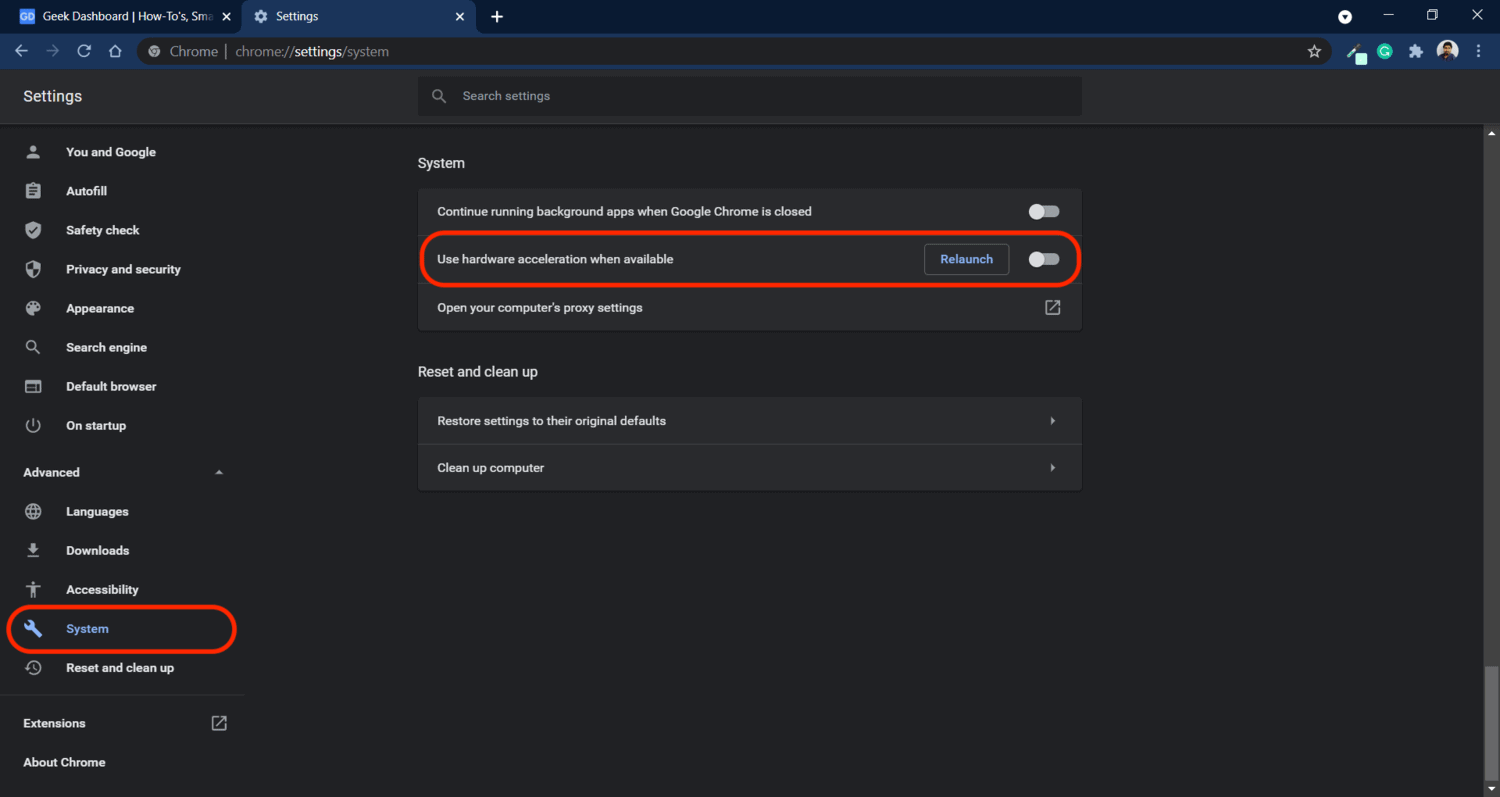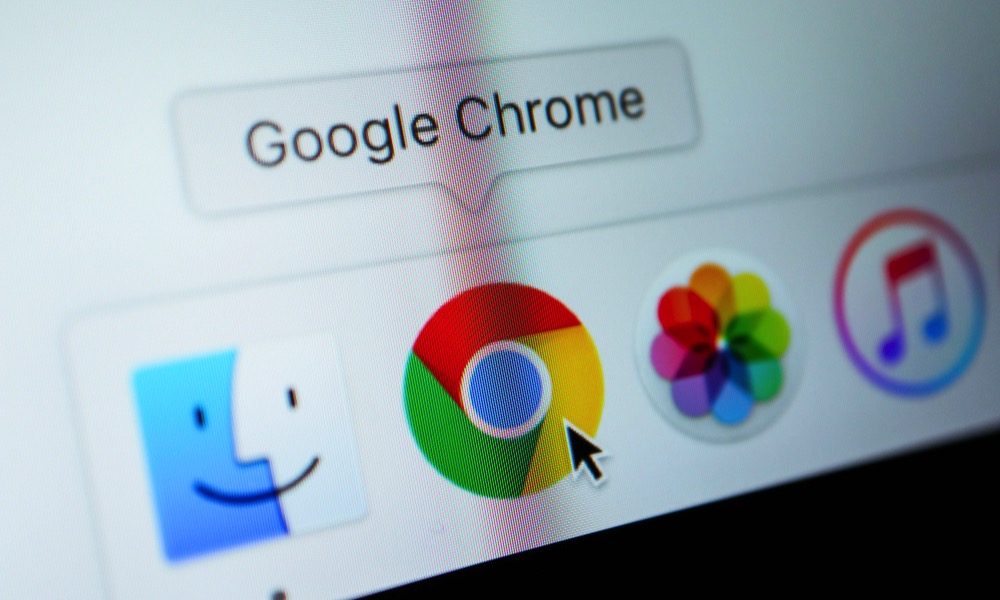


Even Microsoft Edge browser has the feature by the name of ‘Sleeping Tabs’.Ĭhrome for desktop is less RAM hungry with latest update thanks to PartitionAlloc /d3varlQUPe The company has even introduced ‘Tab Throttling’.

The change is visible in version 87 and above of Google Chrome. The browser now occupies just over 1GB on some systems. Google claims it recently shrunk the memory footprint of background tabs by up to 8 percent. Google Chrome browser now has a significantly reduced ‘Memory Footprint’: “Chrome now reclaims up to 100MiB per tab, which is more than 20 percent on some popular sites, by discarding memory that the foreground tab is not actively using, such as big images you’ve scrolled off-screen,” noted Chang. Interestingly, the browser now smartly uses and discards memory. He even adds the team behind Chrome has improved browser responsiveness by up to 9 percent. With PartitionAlloc, the Chrome M89 version is showing ‘significant’ memory savings on Windows – by up to 22 percent in the browser process, 8 percent in the renderer, and 3 percent in the GPU, claims Chang. It’s now used everywhere on Chrome for Android and 64-bit Windows.Ĭhrome 89 increases desktop memory efficiency with PartitionAlloc by Ars Technica March 12, 2021 Google has reportedly optimized PartitionAlloc for low allocation latency, space efficiency, and security. Mark Chang, Chrome Product Manager, indicated Google is using its own advanced memory allocator in the latest chrome version. Google is working to address this issue with its latest browser release for Mac, Windows, and Android devices.


 0 kommentar(er)
0 kommentar(er)
